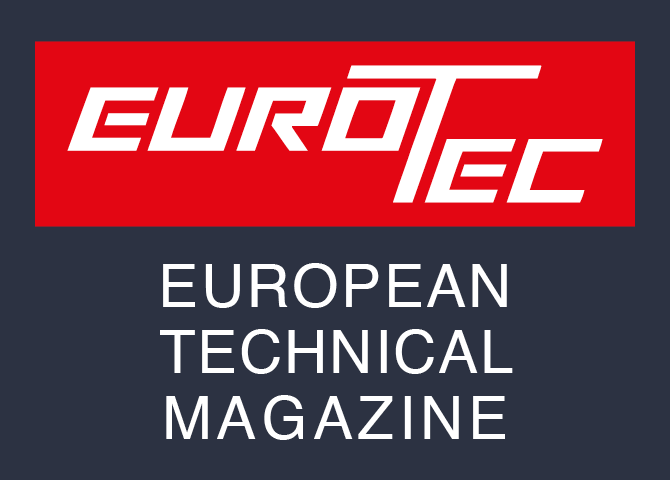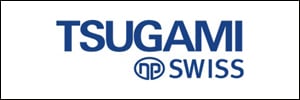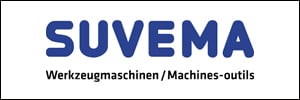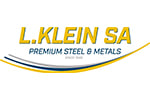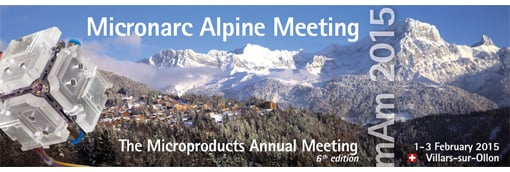Microcut Bore Sizing is finding ever-more applications in numerous key industrial sectors: automotive, medical technology, aeronautics, injection-moulding tools, display manufacture, as well as the watchmaking industry.
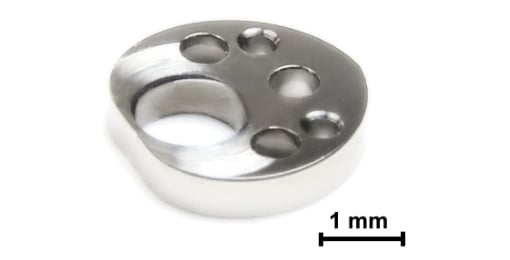
The company Microcut AG proposes machines, contract manufacture and tools for simple and economical fine-precision finishing of boreholes with diameters from 0.25 mm to 8 mm.
Moreover, we propose special-purpose machines for small boreholes of minimum 0.015 mm on the one hand and Nitinol pipes with lengths of up to 1.8 Meter or customer-specific, special-purpose machines on the other.
There are various reasons for this superfinish: In its "raw state", a borehole may not be fully compliant with the functional requirements due, in particular, to its shape, surface quality or dimensional stability, and will therefore require reworking.
Typical shape defects are out-of-roundness, widening, ripple, taper, or banana shape. This is where Microcut® Bore Sizing technology steps in. In general, when changing from conventional reworking such as honing or precision grinding to the Microcut® Bore Sizing process, a considerable increase in quality is noted which can help reduce direct or indirect costs.
What is Microcut Bore Sizing (MBS)? Microcut Bore Sizing (MBS) may be seen as a further development of the arbour honing (single-pass honing) process. Thanks to this new development, the capacity and scope of application has been considerably increased. This process offers an economical solution for functional optimisation of small and broken through-holes, in particular in the case of hard or difficult to machine materials. This technology enables the machining of the borehole shape, surface finish and diameter to within extremely narrow tolerance limits.
The MBS tools are single-piece, single-layer, diamond or CBN bonded tools (undefined cutter). They are available in conical or cylindrical shapes. The tool is trued to the nominal dimension. During the machining process, the tool is driven through the borehole to be worked by the machine drive with both rotational and translational movement (multiplier).
The MBS process provides new applications or generally substitutes for conventional processes such as honing with enlarging tools, single-pass honing processes (arbour honing, supersizing, single-stroke), internal cylindrical grinding, manual lapping (rubbing-in), wire honing etc.
Advantages of the Microcut Bore Sizing process This process is attractive thanks to its operating principle and process reliability.
Taking into consideration all direct and indirect applications, the MBS process generally proves its superiority in its cost/benefit ratio. The advantages are:
Extremely stable, power-controlled process with minimum deviation of shape, surface quality and dimensions, even in a harsh environment (temperature variations, vibrations)
- The entire system is easy to set up as the shape (cylinder) and dimensional stability of the diameter do not require adjustment and securing by means of measurement.
- In principle, far greater dimensional accuracy (gauges, quality) is achieved than with conventional processes. In particular, in the case of bores in free positions, as well as extremely short or long bores.
- Easy to operate with a minimum amount of setting and adjustment required. It is therefore also well suited for "non-specialist" operators.
- Very small diameters are also possible.
- The machine is extremely energy-efficient.
Why is Microcut Bore Sizing so process-reliable? Process: The shape accuracy (cylindrical) is set automatically according to process requirements without measurement control (similar to arbour honing). The final diameter is defined by the single-piece tool
Tools: The single-piece, extremely sturdy tool with very precise dimensions defines the final workpiece diameter almost totally independent of environmental conditions (e.g. temperature).
When compared to the diameter, MBS tools are extremely long (typical coated lengths of up to 350 mm).
It is therefore possible to remove a relatively large quantity of material (conical tool stage) and the wear per part is minimal (cylindrical tool stage). Spontaneous changes (grain break-off) are excluded thanks to the use of a single-ply coated tool.
The tools are also sometimes used manually (on a lathe) for example in toolmaking applications. In this case, the operator is responsible for the drive torque control.
Machine: Tool travel is torque-controlled. In this way, the elastic expansion of a thin-walled component is avoided. The tool is not under, or over used and unproductive "air grinding" is therefore avoided. Excessively small or large pipe bore diameters are detected and may be recovered and tool breakage thus prevented.
The workpiece chuck is a key component. The workpiece must not be distorted during clamping and workpiece positioning is generally defined by the tool axis.
Automation: This process is fundamentally suited for small batch sizes (e.g. die making) as well as large-scale serial production. Once a tool is defined and available, this diameter may be quickly and easily reproduced.
Thanks to this simple and stable process, which functions perfectly well without measurement control, simple automation solutions controlled directly by the machine control system may also be applied. Microcut proposes scalable solutions in accordance with the needs expressed.
Demarcation from other processes: A key characteristic of the Microcut Bore Sizing process is the minimal variation in machining results thus ensuring that no components worked are outside the defined tolerance limits. In the case of conventional honing or interior grinding processes, the travel position and stroke, as well as the dimensions of the tool must be continually monitored with an associated measurement system. This renders process stability more difficult and requires extensive technical effort and cost. It is also important to note that the effect on the shape due to measurement close to machining is considerable. Moreover, the tools must be dressed when necessary or spontaneously and automatically replaced which will also have a negative effect on the spread of results.
Application example: The "heart" of the watch-making industry
Figure at the top illustrates the "heart" workpiece of a self-winding watch which is not rotationally symmetric and is made of steel. With Microcut® Bore Sizing boreholes with a final size of 1.296 mm (largest borehole in the component) may be machined. The "heart" component is used in the Pellaton self-winding mechanism (watch model "Ingenieur") of the watchmaker IWC Schaffhausen, Switzerland ). The "Pellaton self-winding mechanism" is furthermore considered to be one of the most efficient and reliable bi-directional systems for the winding of a mechanical movement watch. The seating of a jewel bearing is produced with an accuracy of 2 µm using the MBS process. An optimum press-fit of the watch jewels is therefore possible. Damage to the heart or jewel during the press-fit process can therefore be avoided. Thanks to the gentle clamping and machining process of the MBS the thin land between the bore hole and the outer edge is not negatively affected. Another key requirement of the bore process is that the position of the bore does not change. With the use of high-precision machining processes such as Microcut Bore Sizing the Swiss watchmaker is able to increase even further the global recognition of its high-quality products.
